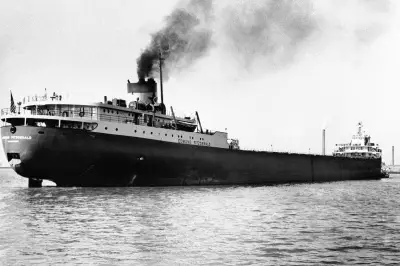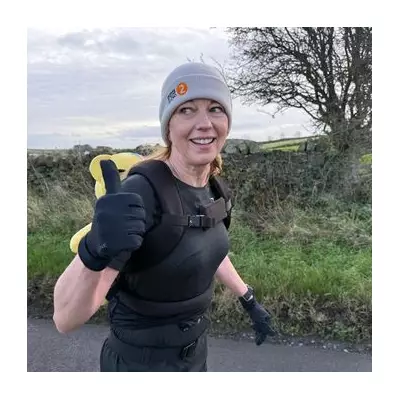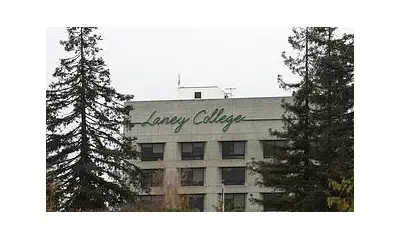
From Roadways to Classrooms: Illuminating Women's History
A pioneering initiative in New Mexico is successfully bringing the remarkable contributions of women out of historical obscurity and into public consciousness. What began as a series of roadside markers has now evolved into an educational movement, ensuring future generations learn about the women who shaped the state.
Correcting Historical Oversights
The journey began decades ago when Pat French, a founding member of the International Women's Forum - New Mexico, made a startling observation during the 1980s. She noticed that women were virtually absent from the state's historical roadside markers. This realisation sparked a mission to rewrite the historical narrative.
In 2006, the group achieved a significant breakthrough by securing state funding to collaborate with the New Mexico Department of Transportation. Their approach was thorough and inclusive - they visited individual counties and Native American communities, actively seeking stories about important women from their histories.
The research compiled extensive biographies of dozens of women spanning precolonial times through the Spanish and Mexican territory periods, right up to New Mexico's statehood. These stories now grace nearly 100 distinctive 6-foot signs across the state and are accessible through an online database.
Celebrating Diverse Contributions
While the markers honour well-known figures like American modernist painter Georgia O'Keeffe and New Mexico's first female Secretary of State Soledad Chávez de Chacón, they particularly shine in highlighting local women whose stories remained largely untold.
One powerful example features Evelyn Vigil and Juanita Toledo, who are credited with reviving the Pecos Pueblo style of pottery in the 1970s. This indigenous pottery technique had been lost after the Pecos Pueblo population was devastated by disease and war by the 1890s.
Other markers pay tribute to groups of women, including traditional healers and the state's female military veterans. The collection thoughtfully acknowledges that New Mexico's history cannot be properly understood without recognising the conflicts that came with colonisation and the wars fought over the territory.
Program director Kris Pettersen encapsulates the mission's essence: "There is just a sense of justice about it. These women put all this effort in and made all these contributions, and they were unrecognised, and that's just wrong."
From Historical Recognition to Educational Transformation
The program's impact expanded significantly when middle school teacher Lisa Nordstrum experienced a revelation similar to French's original observation. She noticed the same lack of female representation in the standard state history curriculum.
After discovering the marker program's online biographies, Nordstrum began incorporating these women's stories into her seventh-grade lessons. This grassroots effort evolved into something much larger when, in 2022, the New Mexico Historic Women Marker Program secured state funding to hire Nordstrum as education director.
Her task: develop a comprehensive K-12 curriculum based on the women's biographies. As Nordstrum emphasises, "We have women that wouldn't be in any textbook."
The program's educational mission received renewed funding in 2024 with bipartisan support. Republican state Representative Gail Armstrong, one of the legislation's co-sponsors, articulated why this initiative matters: "History, good or bad, should not be changed. It needs to be remembered so that we don't make the same mistakes again and so that we can celebrate the good things that have happened."
The program has temporarily paused creating new markers to focus on maintaining existing ones and advancing its educational mission. For students like seventh grader Raffi Paglayan, who found inspiration in aviation pioneer and architect Katherine Stinson Otero during a Santa Fe field trip, these stories are already making a profound difference.





